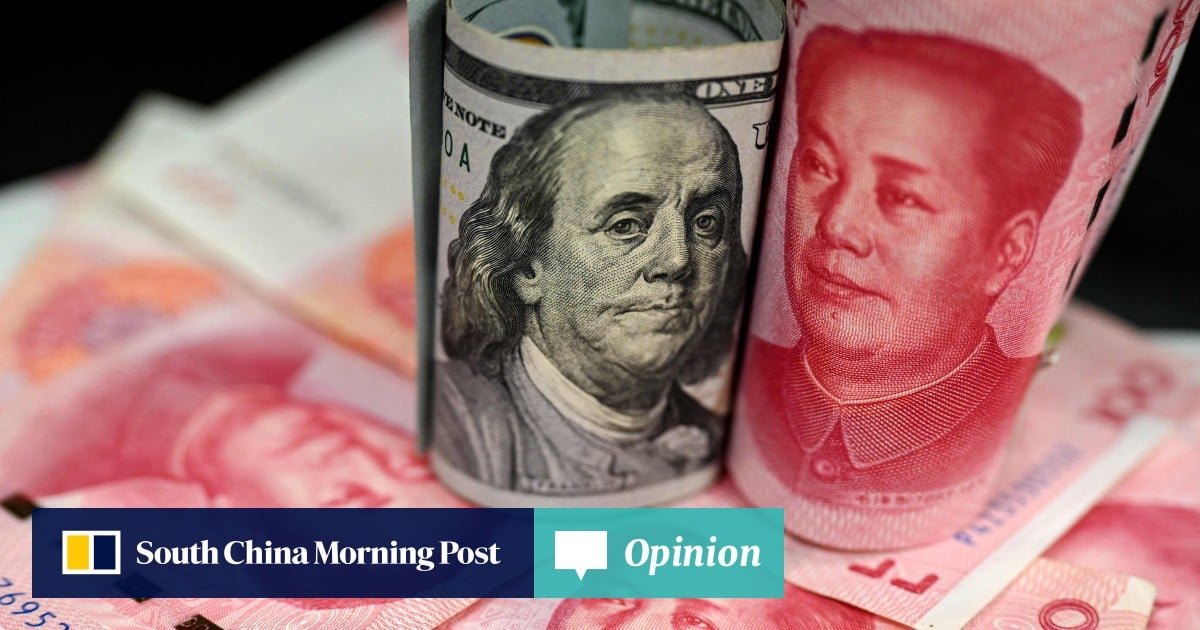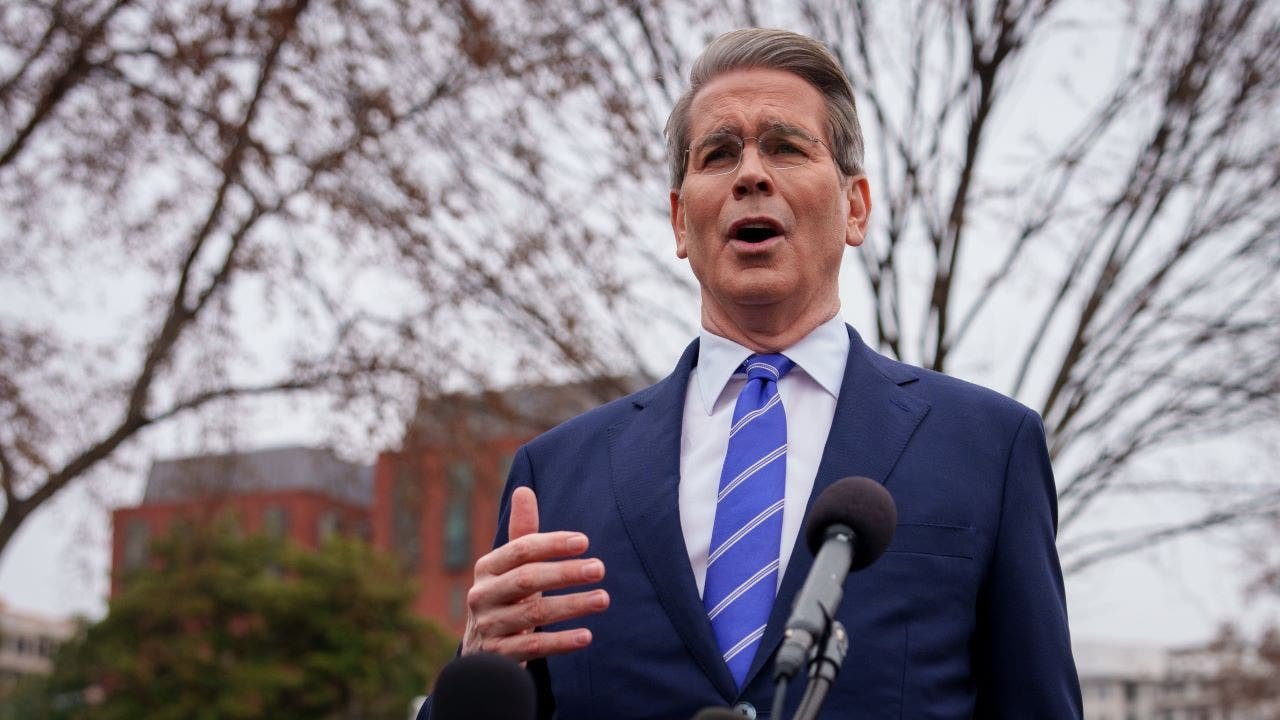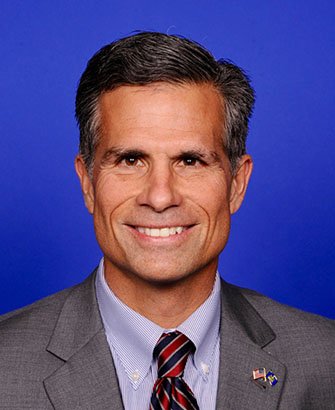WASHINGTON – US President Donald Trump held off unveiling China-specific tariffs on his first day in office, instead ordering his administration to address unfair trade practices globally and investigate whether Beijing had complied with a deal signed during his first term.
The moves – detailed in a fact sheet that is not yet public – are aimed at “reversing the destructive impact of globalist, America last trade policy”, according to a copy seen by Bloomberg News.
However, Mr Trump said he expects to enact 25 per cent tariffs on major US trading partners Mexico and Canada on Feb 1.
“We’re thinking in terms of 25 per cent on Mexico and Canada, because they’re allowing vast numbers of people – Canada’s a very bad abuser also – vast numbers of people to come in, and fentanyl to come in,” he said in the Oval Office.
The fact sheet also called for key federal agencies to address currency manipulation by other countries.
“This action underscores the administration’s dedication to reducing dependence on foreign nations for critical supply chains and reinvigorating the US industrial base,” the fact sheet said.
During an impromptu press conference in the Oval Office as he signed executive orders on Jan 20 night, Mr Trump avoided committing to a plan for Chinese tariffs.
The new president at times indicated that he did plan to impose tariffs because of China’s role exporting fentanyl precursor chemicals, as well as his anger over Chinese influence on the Panama Canal.
“We’re not going to allow that to happen,” Mr Trump said.
And Mr Trump threatened countries in the Brics grouping – which includes China – with increased tariffs, and indicated he could also impose taxes on Chinese goods if Beijing blocked the sale of the social media app TikTok to a US entity.
But at the same time, Mr Trump declined to say what date he would impose additional tariffs and said he would be having “meetings and calls” with Chinese President Xi Jinping.
The decision not to immediately target Beijing on Jan 20 reflects a shift by Mr Trump into a negotiating mode and an eagerness to cut another deal with Chinese President Xi Jinping, according to a person familiar with the decision who asked not to be identified discussing private deliberations.
The move could set the stage for trade duties in the coming weeks or months, but it will come as a relief for some companies that had feared the tariffs would be imposed from the start.
On the campaign trail, Mr Trump promised a 10 per cent to 20 per cent charge on all imported goods and 60 per cent on Chinese products.
He also vowed a 25 per cent tariff on all products from Canada and Mexico, and an additional 10 per cent duty on Chinese goods.
Some people familiar with the decision cautioned that Mr Trump often quickly changes his mind on strategy and could decide again to push forward with his original plans to target China.
Still, the Jan 20 actions suggest a more deliberate approach than the fiery rhetoric about tariffs Mr Trump offered during his campaign in 2024.
And he made clear in his inaugural address that tariffs were on the way.
“Instead of taxing our citizens to enrich other countries, we will tariff and tax foreign countries to enrich our citizens,” Mr Trump said in the speech.
On the US-Mexico-Canada Agreement (USMCA), Mr Trump is set to direct his Cabinet secretaries to assess its impact on American workers and businesses and make recommendations on whether the US should continue participating in it, according to the document.
Mr Trump in his last term replaced the North American Free Trade Agreement with USMCA and has often called it the best deal ever negotiated.
Earlier, Mr Trump had said he could sign as many as 100 executive actions on Jan 20.
His officials said those orders will also include measures to curb inflation and cut regulations, particularly those related to oil and gas production.
Mr Trump also directed agencies to study the feasibility of an external revenue service – a new agency that would collect tariff revenue – and to recommend how to design and implement it.

US President Donald Trump and Vice-President J.D. Vance after signing a series of executive actions on stage at the Capitol One Arena in Washington.PHOTO: EPA-EFE
It is unclear how that will be different from the existing federal system, under which the Treasury secretary establishes tariff collection rules and Customs and Border Protection administers them at ports of entry.
During his first term, Mr Trump negotiated a “phase one” trade deal with Beijing that ended years of tit-for-tat tariffs, but few of China’s promised purchases of US goods materialised.
“China’s adherence to this agreement will now be assessed, to determine whether enforcement or changes are required,” the fact sheet said.
The dollar tumbled on the news that Mr Trump would refrain from immediately implementing aggressive tariffs, with a Bloomberg gauge of the greenback extending losses to about 1.2 per cent – on track for its biggest daily slide since November 2023.
Investors have speculated that a trade war would be positive for the dollar, given one would likely hurt foreign economies more than the US, limit US demand for international goods and boost the currency’s safe-haven status. US equity futures climbed.
Mr Trump’s tariffs – which he has threatened to slap on adversaries and allies alike – stand to have one of the biggest impacts on the US economy, analysts say. The self-proclaimed “tariff man” enacted duties on about US$380 billion (S$517 billion) in imports in his first term.

Guests watch as Chief Justice John Roberts of the US Supreme Court administers the oath of office to Mr Donald Trump in Washington on Jan 20.PHOTO: EPA-EFE
Whether tariffs will do anything to close the trade deficit or bring back manufacturing or end any crisis is debatable. Many economists are sceptical.
Tariffs in the short term are more certain to lead to a further appreciation of the dollar, raise the cost of imports, and add to government revenues, at least initially. BLOOMBERG, AFP
Join ST’s Telegram channel and get the latest breaking news delivered to you.







